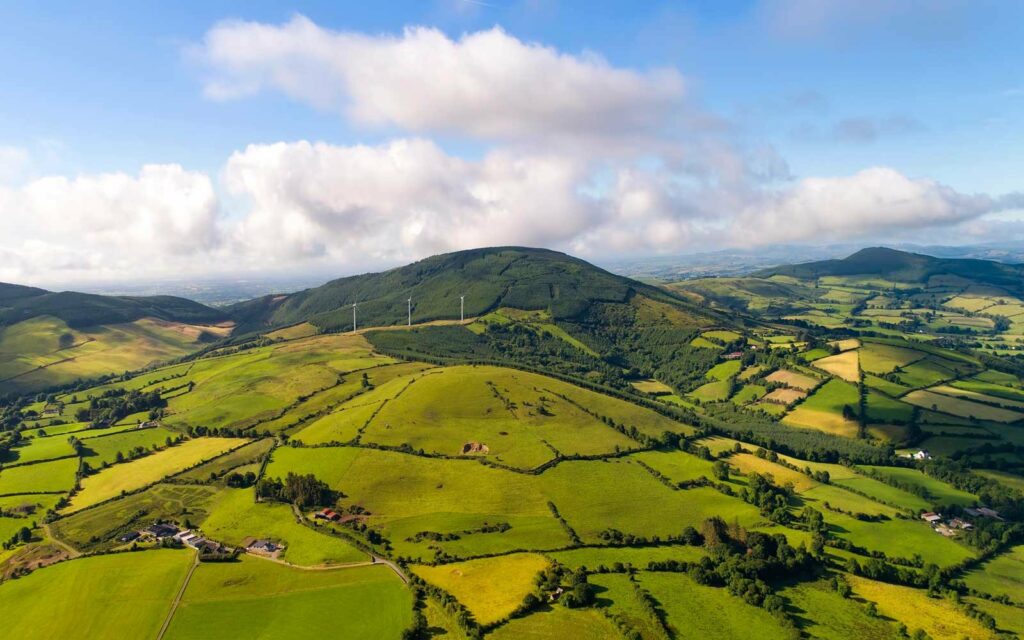
The interest for green biorefineries has two main drivers. The first driver is relative to the need for managing surplus grassland, as an estimate revealed that about 20% of 16.4 mil ha of the grassland within the European Union (EU) are regarded as being potentially available for alternative uses, besides grazing. The second driver is the need for developing alternative feeds, in the case for the livestock sector to reduce dependency on imported livestock feed, e.g. Soybean (Mandl, 2010).
In the beginning, the interest in alternative use of grass biomass was somewhat scientific, but it is currently a very relevant issue to the agricultural sector. Grass biomass has become a surplus raw material in many regions through-out Europe due a significant reconstruction of the dairy farming and meat production sector in the last decade. From that perspective, green biorefineries could offer new utilization pathways and are therefore seen as key technology for farmers and the industry (Mandl, 2010).
Within the EU, there is approximately 60 million hectares of permanent grassland area and 11 million hectares of temporary grasslands, combined they occupy almost 40% of the European utilised agricultural area (EUROSTAT, 2022). Ireland is the only country in the EU that has 52% grassland cover (Green, 2019). This gives Ireland a unique opportunity to increase its self-sufficiency of animal feed by utilizing a grass-based biorefinery model. Ireland has conditions that favour grass growth throughout most of the year, resulting in a competitive advantage in providing ruminant production systems with a cheap feed source (Hurtado-Uria et al., 2013). A study undertaken by the Biorefinery Glás project, which is an European Innovation Partnership (EIP) Operational Group funded by Department of Agriculture, Food and the Marine under the Rural Development Programme 2014-2020, aims to improve the sustainability, value and resource efficiency of Ireland’s livestock sector through farmer diversification into the bioeconomy. The project will demonstrate a replicable small-scale biorefinery with farmers in the West Cork Region. Through biorefining, perennial ryegrass is fractionated into a variety of new products in a process which improves the protein efficiency, value and sustainability of our grasslands (Biorefinery Glas, 2020).
The biorefinery development is a major opportunity for farmers to grow varying crops, such as hemp. Farmers are entrepreneurs and they strive to expand into businesses like this for economic gain. Biorefineries are a great opportunity for them but caution must be taken to exploit it without damaging the environment. The recent announcement regarding agricultural emission reduction targets in Ireland has also sparked debate among farmers. However, GBR’s can contribute to reducing greenhouse gas emissions, thus providing a partial solution to the recent emission reduction targets in Ireland which seek a 25% reduction in the agriculture sector (Meehan, 2022).
References
BIOREFINERY GLAS. 2020. The Project [Online]. Available: https://biorefineryglas.eu/
FAOSTAT. 2020. FAOSTAT [Online]. Available: https://www.fao.org/faostat/en/#data/QCL/visualize
GREEN, S. 2019. Investigation into the bio-physical constraints on farmer turn-out-date decisions using remote sensing and meteorological data. University College Cork.
Hurtado-Uria, C., Hennessy, D., Shalloo, L., O’Connor, D. and Delaby, L., 2013. Relationships between meteorological data and grass growth over time in the south of Ireland. Irish Geography, 46(3), pp.175-201.
MANDL, M. G. 2010. Status of green biorefining in Europe. Biofuels, Bioproducts and Biorefining: Innovation for a sustainable economy, 4, 268-274.
MEEHAN, S. 2022. 25% emissions reduction target agreed for agriculture [Online]. Agriland. Available: https://www.agriland.ie/farming-news/25-emissions-reduction-target-agreed-for-agriculture/